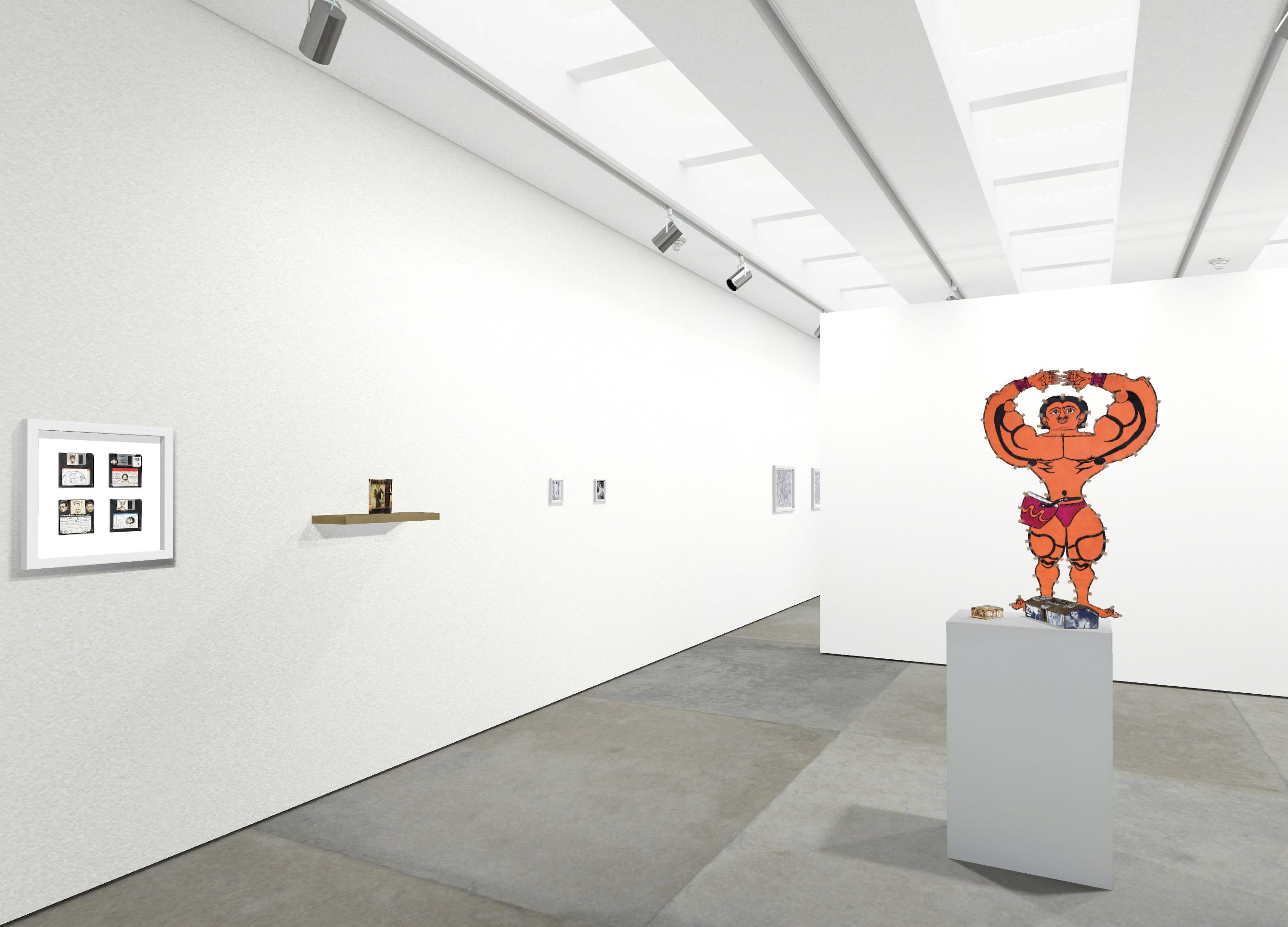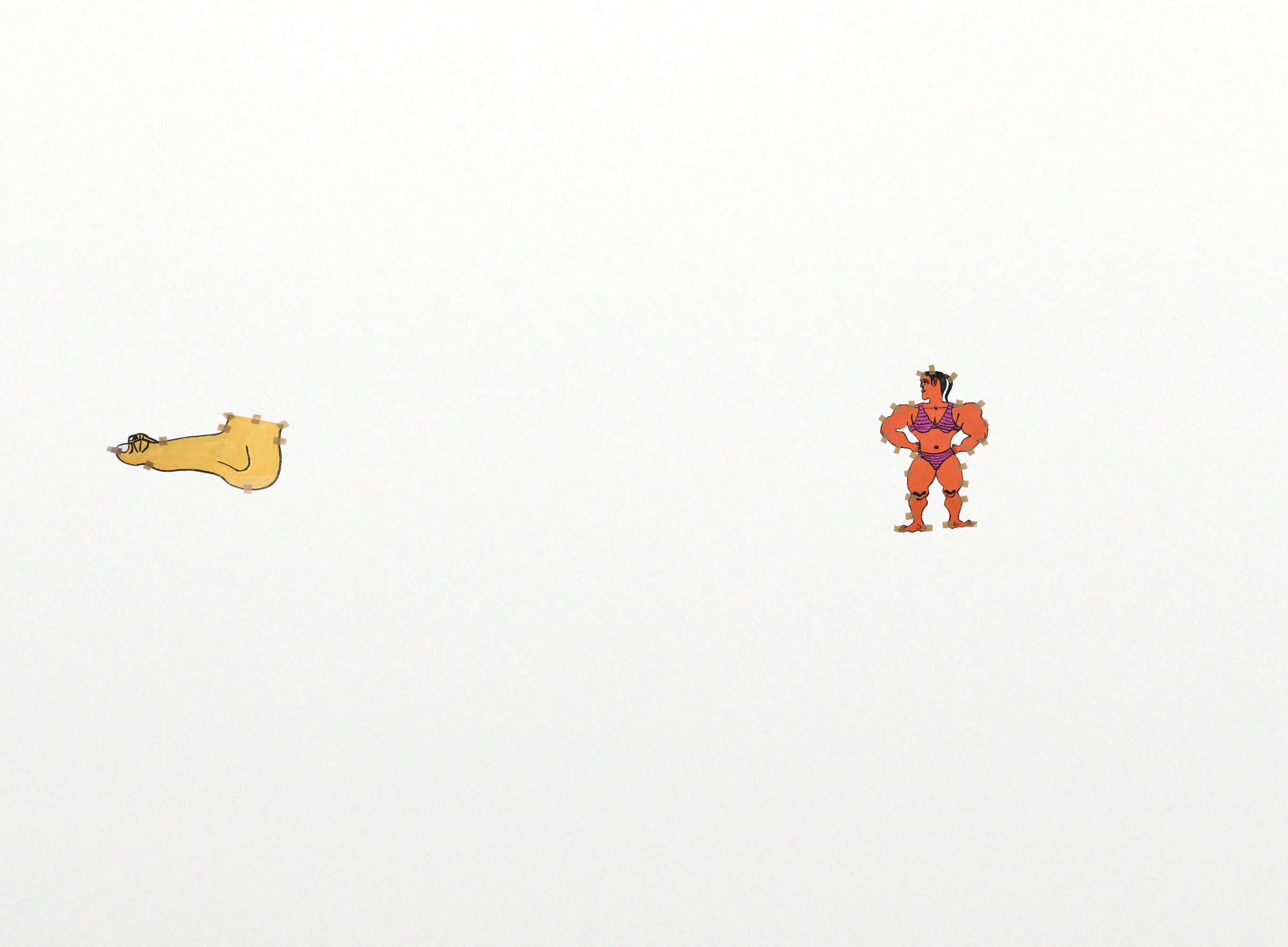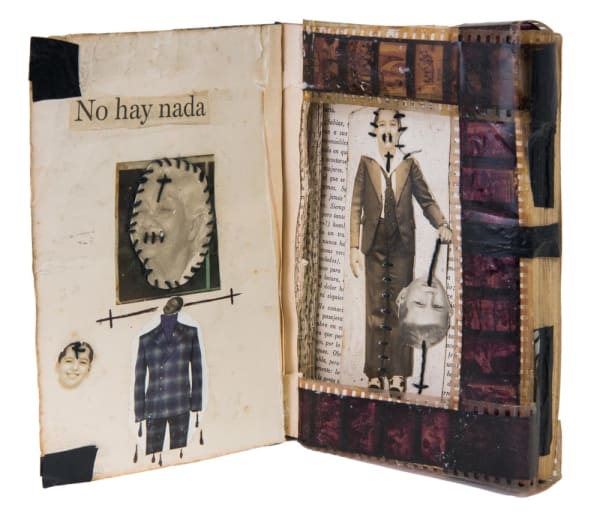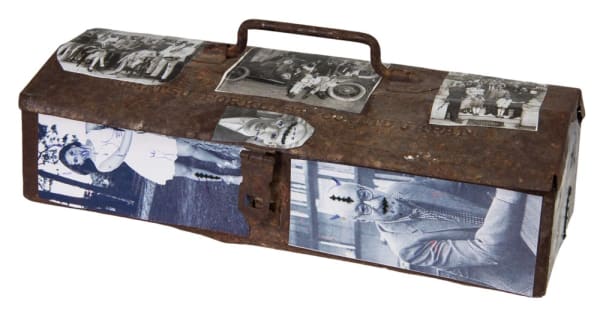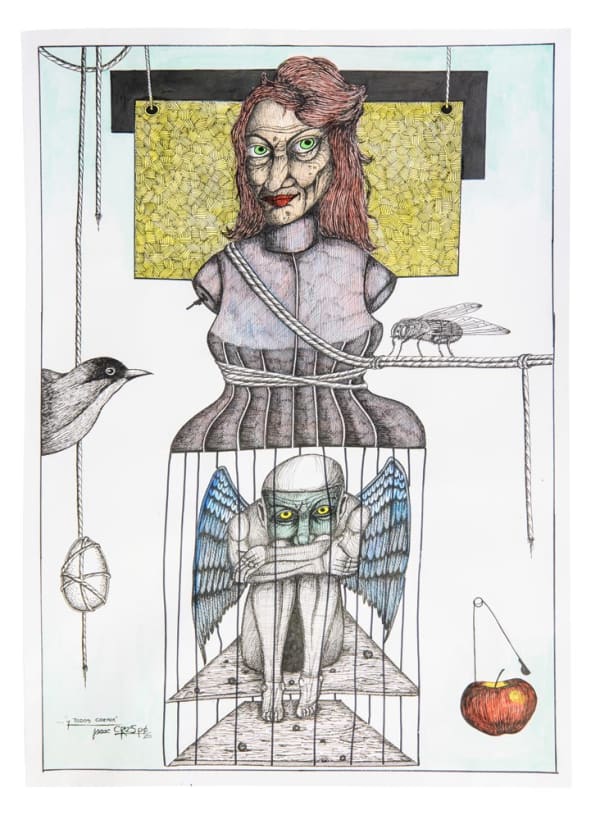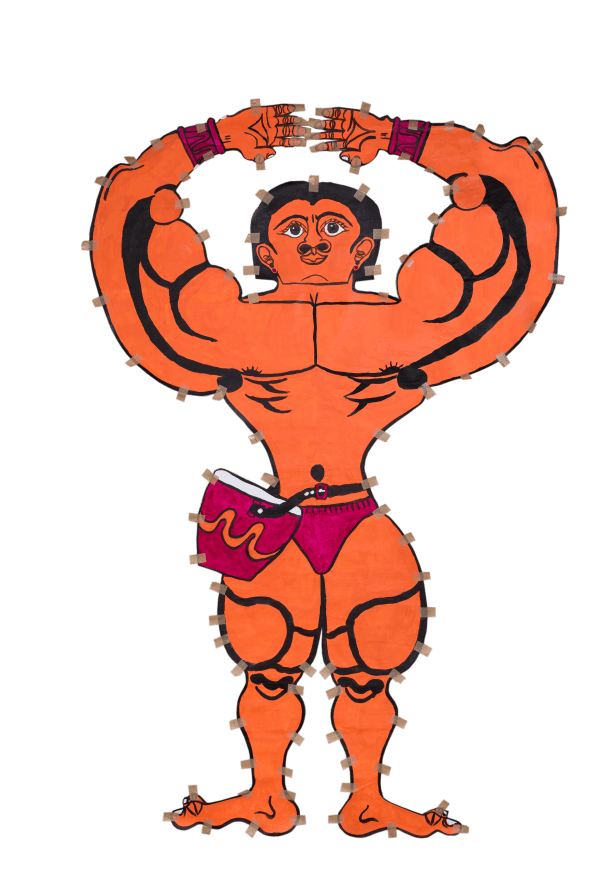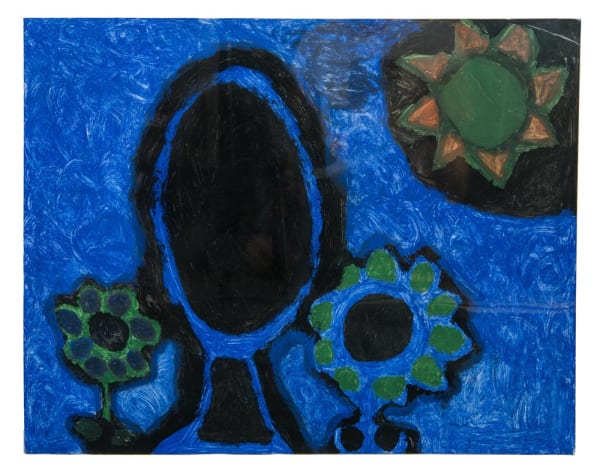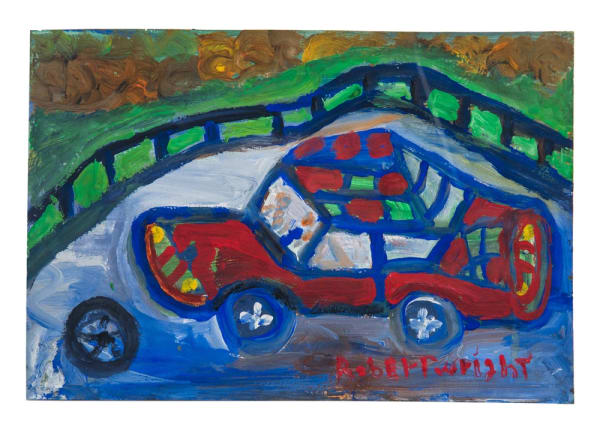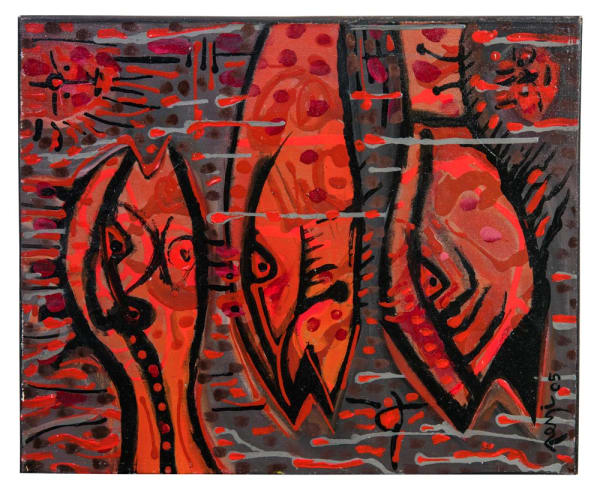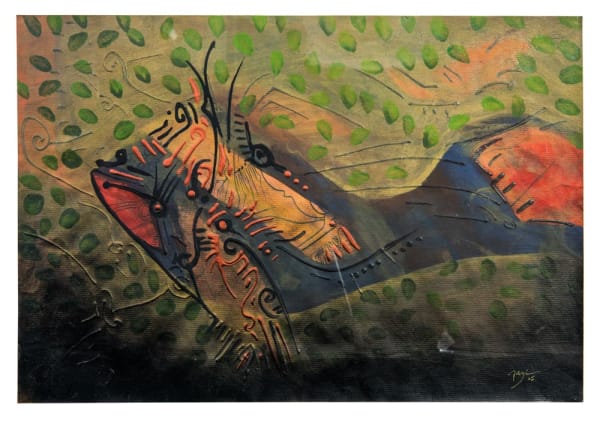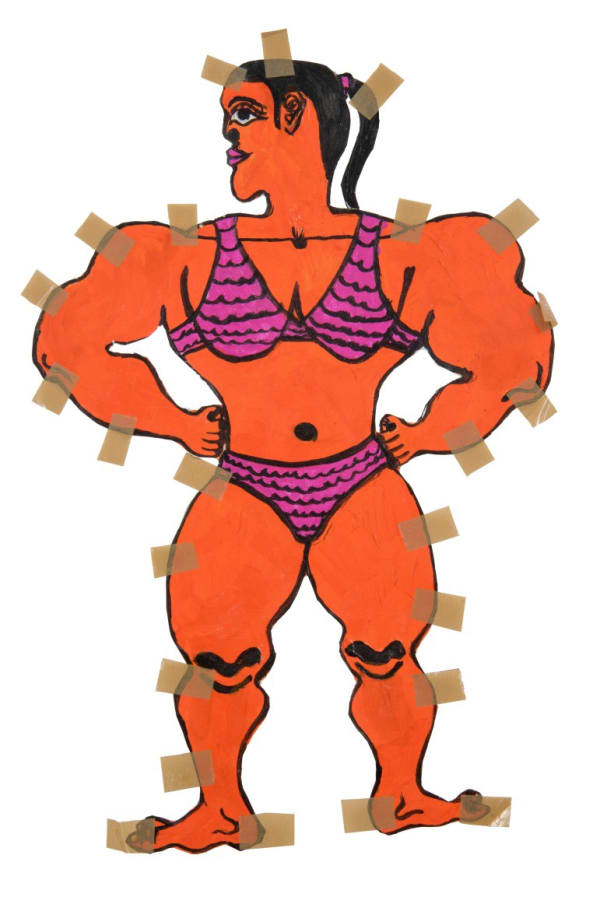NAEMI, in collaboration with ART CODE SPACE, is proud to announce I thought I was asleep, a collective exhibition of outsider art from the permanent art collection of NAEMI (National Arts Exhibitions of the Mentally III). The show will start running online from Saturday, November 14 to Saturday, January 16, 2021.
Our catalog of works includes important names of Cuban Outsider Art masters, internationally recognized, such as Jorge Alberto Cadi “El Buzo” and Misleidys Castillo, and other talented creators, like Yaniel Agrafojo, Gary Brewer, Isaac Crespo, Peyi, Damián Valdes Dilla, and Robert Wright.
-
“It wasn't a dream, it was a flood”.
Frank Stanford
They thought I was asleep, I also thought I was asleep and dreamed, but it wasn't, “it wasn't a dream, it was a flood” (Frank Stanford). Outsider art has its moment of lucidity when fewer order rules around it or when one is asleep, or awake within the dream. The reality is that everything is valid in the subconscious and therefore has a real explanation and therein lies the magic of these artists, in their authenticity, in being art that does not know its name.
And it is that "we never see things as they are, we see them as we are" (Anaïs Nin): a human figure repeated dozens of times and a series of intervened photographs with signs of violence, attached to objects found in public waste. If this experience were categorized as artistic production and subjected to a semiotic analysis, surely, there would be coincidences in allusions to pop, in the first case, or to the dada movement, in the second; however, any academic approach would be misguided if it were not first questioned who the artist is, her intentions and the discourse she projects. So, the first and very important question is that these files write their history on psychological disorders, so any interpretive formula changes to decode -if it were tried- their creative universe, and even this condition was not a total determinant for the result end of his work, constitutes a palliative to consciously define an ideo-aesthetic intention –even if a visual order is sought- and an artistic problem –evidently raised in external reading-.
And it is that "we never see things as they are, we see them as we are" (Anaïs Nin): a human figure repeated dozens of times and a series of intervened photographs with signs of violence, attached to objects found in public waste. If this experience were categorized as artistic production and subjected to a semiotic analysis, surely, there would be coincidences in allusions to pop, in the first case, or to the dada movement, in the second; however, any academic approach would be misguided if it were not first questioned who the artist is, her intentions and the discourse she projects. So, the first and very important question is that these files write their history on psychological disorders, so any interpretive formula changes to decode -if it were tried- their creative universe, and even this condition was not a total determinant for the result end of his work, constitutes a palliative to consciously define an ideo-aesthetic intention –even if a visual order is sought- and an artistic problem –evidently raised in external reading-.
For this type of creation, which arose mostly in marginalized contexts, away from the academies and the art market, researchers have assumed the term outsider, coined by Roger Cardinal in 1972, as an elusive and uncomfortable concept. but a unifier, with which it is possible to work on the systematization of this practice, saving the limits per se of all terminological innovation. This and similar ones such as psychopathological painting, visionary art, and marginal art, among others, contemplate as a fundamental platform the definitions made for Art Brut by the French artist Jean Dubuffet. In any case –and in these poetics even more-, the action of putting rhetoric and cultural heritage before sensitivity could only fill with arrogance the activity of the critic-stranger to become a true intruder, with a total and ironic look "outsider”.
The artists in the exhibition project a language of free expression, with approaches capable of being read both from their space of understanding and particular assimilation of reality and from the codes of contemporary art. That from within not knowing and raising awareness of any of the terms that this "gestaltung" brings together, is positive: "the discrediting of our scientific system has made us credulous" (Lyle Rexer).
-
THEY SEEM HUMAN
-
This is the art that does not know its name...
-
...BUT I DON'T THINK THIS IS REAL
-
VIRTUAL REALITY EXPERIENCE
ALSO AVAILABLE FOR GOOGLE CARDBOARD VR -
Press release





